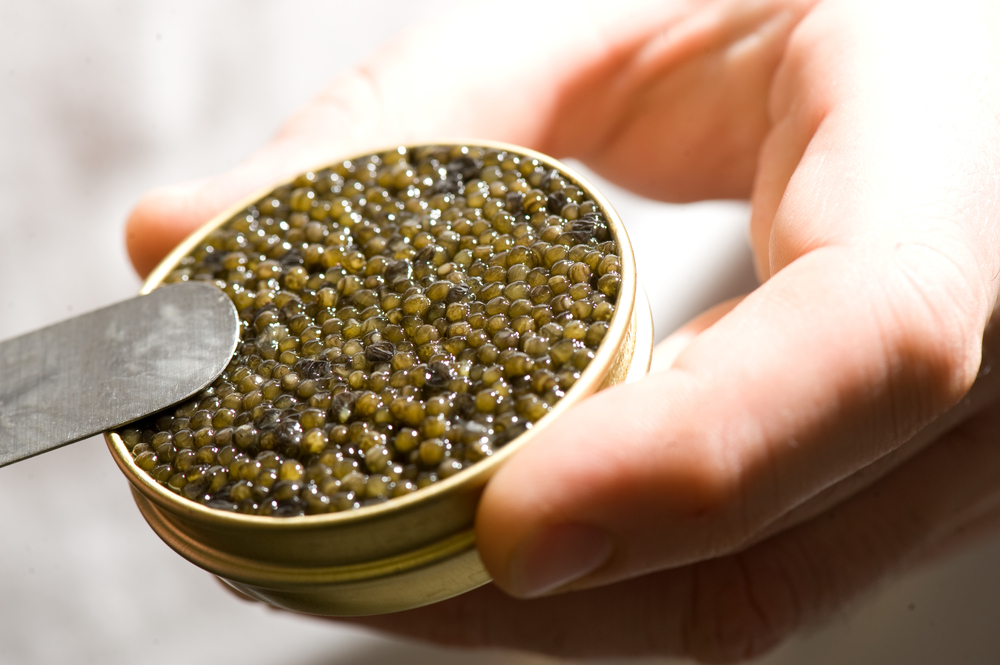Recently on an outing on my good friend and colleagues boat we decided to have a picnic while at sea. It was the usual affair with many choices on a charcuterie board and some fine wine and exquisite breads. I was so enchanted by my good friend’s caviar that I had to ask her about it. The answer surprised and intrigued me. So much so, that when I got back to dry land I immediately sought for more answers to this delicious riddle. What I was told onboard that intrigued me so much was this particularly excellent roe was Kaluga caviar. The name was only slightly familiar to me, as I was used to being served only Beluga. So, I did some research and I now present my findings in this article titled Kaluga caviar: what is it?
Before I answer what this delectable dish is let me first tell you why I became so interested. As I said I was quite used to Beluga caviar, having lunched on it all through my early years and onward even to this day, so when I came across this new style I was both amazed and confounded. I thought I knew everything about caviar. I was wrong. In appearance, the medium to large Kaluga eggs have a glossy light to deep brown or golden hue. The texture of the Kaluga roe is firm and smooth with an earthy, buttery flavor and a mildly salty overtone. In fact, when I first tasted this caviar, my thoughts were that this must be some very fine, very expensive stuff, the rarefied caviar of some czar, and how my friend got hold of the stuff almost threw me into a fit of extreme jealousy. I found out to my astonishment this wonderful caviar was in fact a different kind altogether and was actually less expensive that the traditional, and illegal Beluga.
After I picked my jaw up off the floor, and got back from our boating excursion, I immediately began my quest to clarify just what I had been missing with this Kaluga caviar, and the more I found out, the more interested I became. On average, the Kaluga (Huso dauricus) is considered to be the world’s largest freshwater sturgeon. It is a predatory fish native to the Amur River basin. The Kaluga sturgeons are capable of growing to sizes of over 18 feet and weight of at least 2,205 lbs. They feed on salmon and other fish while in the river basin. And, much like the Beluga sturgeon, part of their life is spent in salt water. An adult female Kaluga can produce up to 44 pounds of caviar. Unfortunately, spikes in river pollution, especially near spawning grounds in the Amur River and heavy poaching for their valuable roe has brought the remaining population of wild Kaluga sturgeons to near extinction. Today, outside of the farm-raised population (which actually produce some of the best Kaluga caviar), adult Kaluga can only be found in the wild in the Argun River. Some younger Kaluga sturgeons also live in the Sea of Okhotsk and the Hokkaido Japanese Island.
Some of the very best caviar on the market is now Kaluga, and the price is right for such high quality roe. For me, regardless of the price, this is my mainstay for caviar. The taste just jumps out at you and finishes strong. This caviar goes perfect with nearly anything, and you will impress your friends and shipmates, the way I was impressed with my friends choices. In fact, my opinion of this friend has skyrocketed with this introduction to the finest caviar around, and i find myself asking her for more advice and for her opinion on many subjects now. That is the power of a good choice of caviar. So, lastly, I can not stress enough to you, dear reader, try this amazing caviar today!

